Photosynthesis-dependent H2O2 transfer from chloroplasts to nuclei provides a high-light signalling mechanism
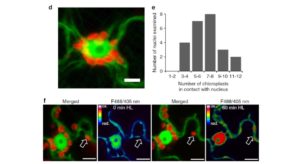 Because most chloroplast proteins are encoded in the nuclear genome, there must be ways for signals from the chloroplast to inform the nucleus and direct changes in gene expression. Several candidates have been proposed as chloroplast-to-nucleus (retrograde) signals. Using hydrogen-peroxide (H2O2) specific sensors, Exposito-Rodriguez et al. show that upon illumination with high light, hydrogen peroxide produced in the stroma of chloroplasts located near the nucleus appears to be transferred to the nucleus. They were able to block nuclear H2O2 accumulation by expressing ascorbate peroxidase (a hydrogen peroxide detoxifier) in the chloroplast stroma, but not when APX was expressed in the cytosol, suggesting that the H2O2 moves directly from the chloroplast to the nucleus, and could serve as a rapid and specific retrograde signal of high light. Nature Comms. 10.1038/s41467-017-00074-w
Because most chloroplast proteins are encoded in the nuclear genome, there must be ways for signals from the chloroplast to inform the nucleus and direct changes in gene expression. Several candidates have been proposed as chloroplast-to-nucleus (retrograde) signals. Using hydrogen-peroxide (H2O2) specific sensors, Exposito-Rodriguez et al. show that upon illumination with high light, hydrogen peroxide produced in the stroma of chloroplasts located near the nucleus appears to be transferred to the nucleus. They were able to block nuclear H2O2 accumulation by expressing ascorbate peroxidase (a hydrogen peroxide detoxifier) in the chloroplast stroma, but not when APX was expressed in the cytosol, suggesting that the H2O2 moves directly from the chloroplast to the nucleus, and could serve as a rapid and specific retrograde signal of high light. Nature Comms. 10.1038/s41467-017-00074-w


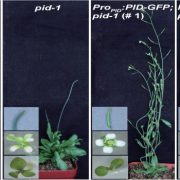
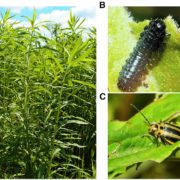
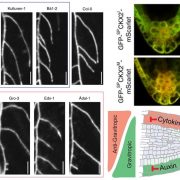
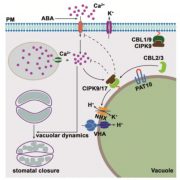
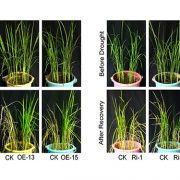



Leave a Reply
Want to join the discussion?Feel free to contribute!